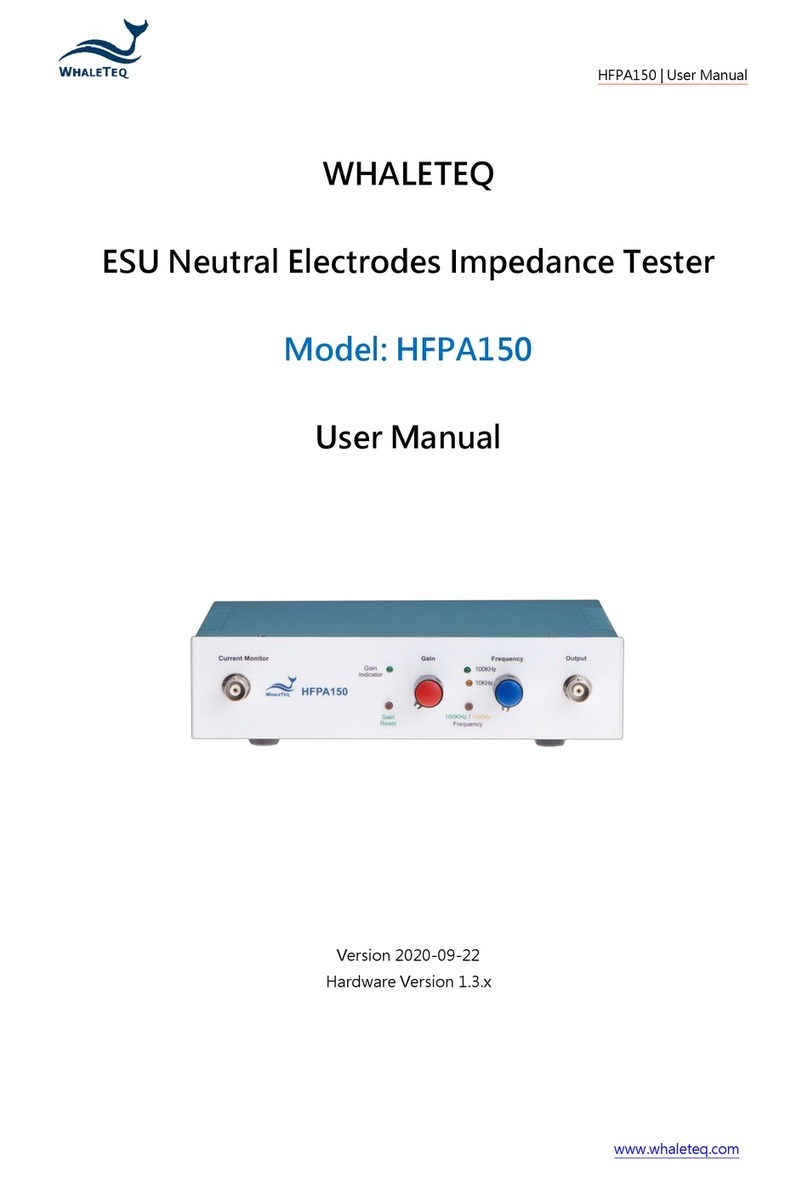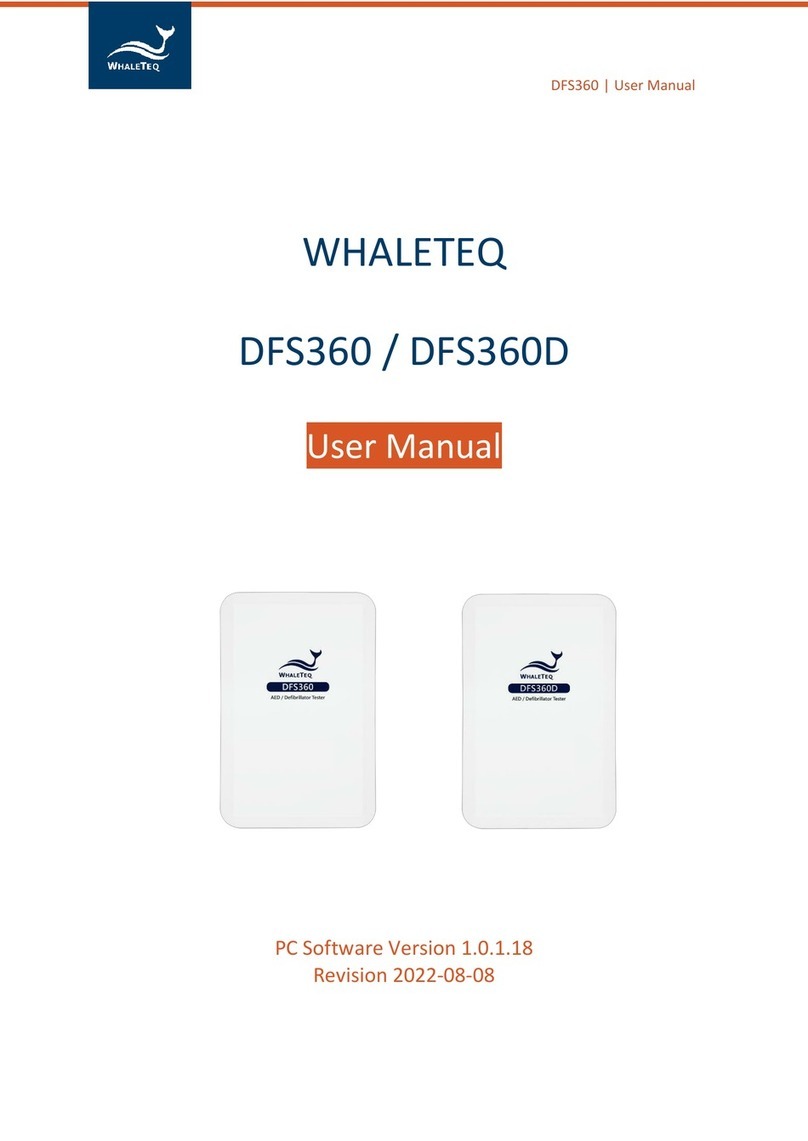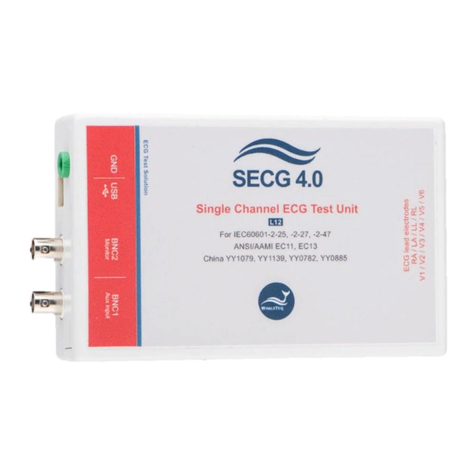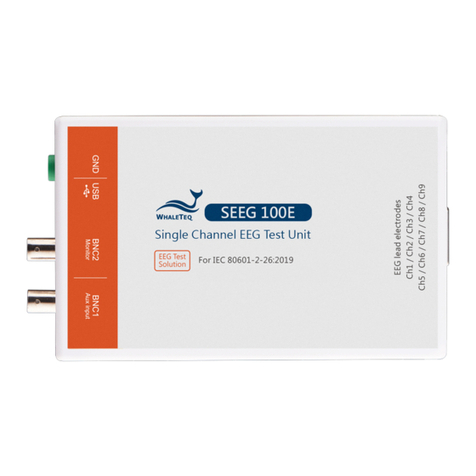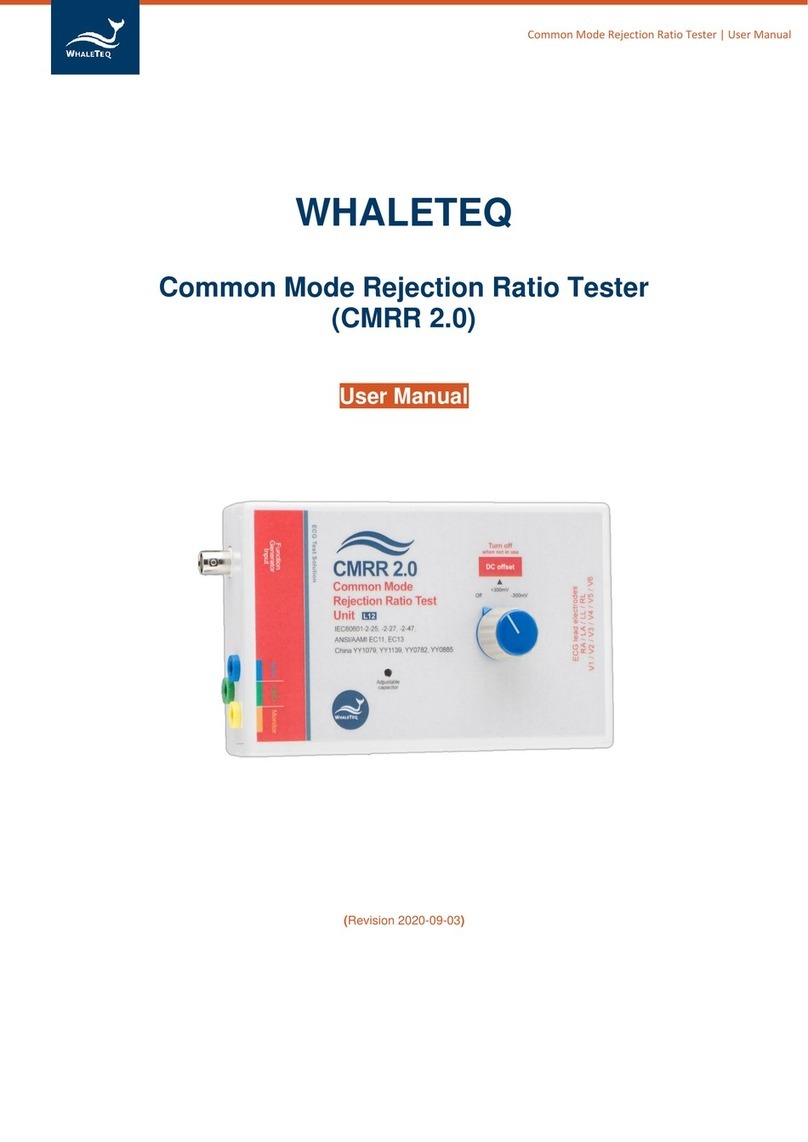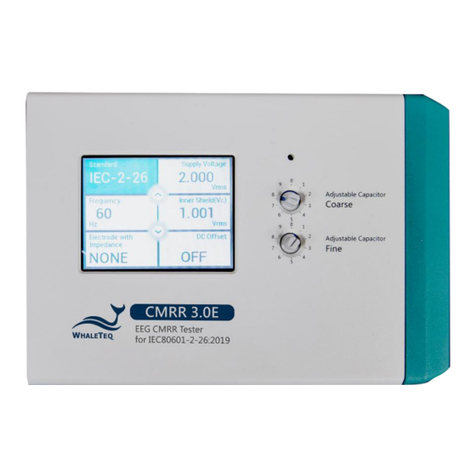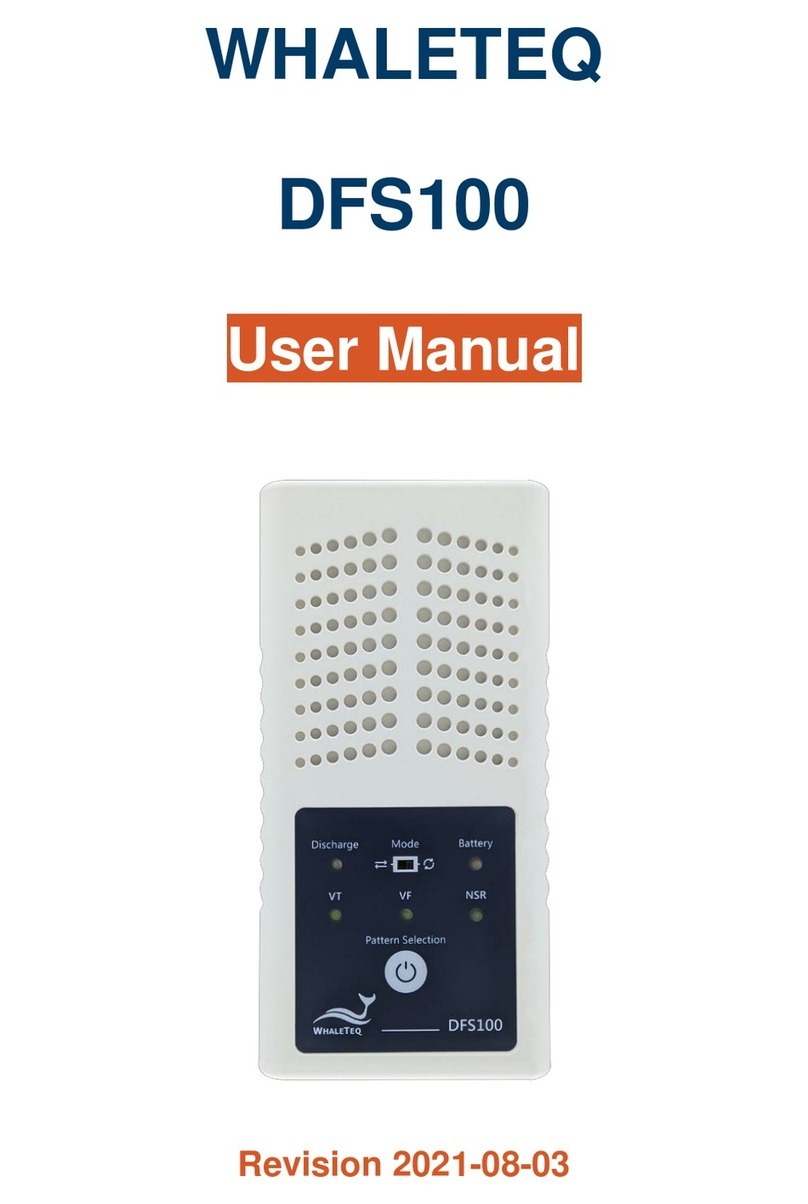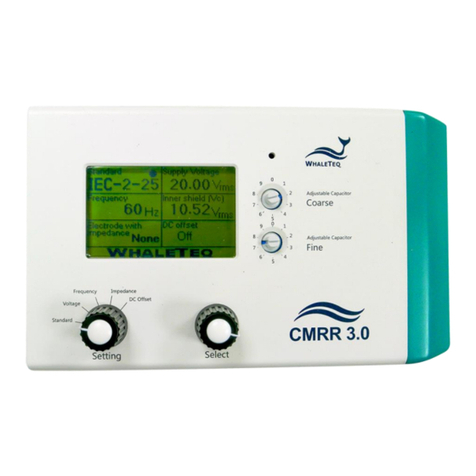Contents
1 Introduction .............................................................................................. 4
Basic concept ........................................................................................................ 4
Standard/Application ............................................................................................ 5
SECG 5.0 AIO Overview of ECG Module ................................................................ 6
I/O Interface Overview.......................................................................................... 6
Main Specifications ............................................................................................... 7
Product Label ........................................................................................................ 8
Pollution Degree ................................................................................................... 9
Cleaning method ................................................................................................... 9
2 Set Up ......................................................................................................10
Software Installation........................................................................................... 10
2.1.1 System Requirements...................................................................................................10
2.1.2 SECG 5.0 AIO PC Software Installation..........................................................................10
2.1.3 First Time Using WhaleTeq Product –USB Driver Installation......................................11
2.1.4 First Time Using WhaleTeq Product –Microsoft .Net Framework 4.0 Installation.......11
Connecting to the ECG ........................................................................................ 12
Set up a Low-noise Test Environment.................................................................12
Software Update .................................................................................................12
Main Screen ........................................................................................................ 13
Description of Functional Groups ....................................................................... 14
2.6.1 Signal Parameters.........................................................................................................14
2.6.2 Signal add-on ................................................................................................................17
2.6.3 Output Lead Electrode..................................................................................................20
2.6.4 Output Summary ..........................................................................................................20
2.6.5 Output Waveform Display............................................................................................20
2.6.6 Play/Stop Button ..........................................................................................................21
Special Functions.................................................................................................21
2.7.1 Standard Waveforms....................................................................................................21
2.7.2 File Replay.....................................................................................................................21
2.7.3 NST Noise...................................................................................................................... 23
2.7.4 Auto ..............................................................................................................................24
2.7.5 Lead OFF .......................................................................................................................26
2.7.6 Auto Sequence..............................................................................................................26
Language Selection ............................................................................................. 27
Standard Assistant .............................................................................................. 27
2.9.1 Active SECG standard assistant.....................................................................................28
2.9.2 Standard Assistant Software.........................................................................................28
3 Testing to IEC and AAMI Standards ...........................................................31
